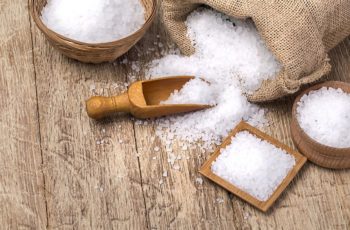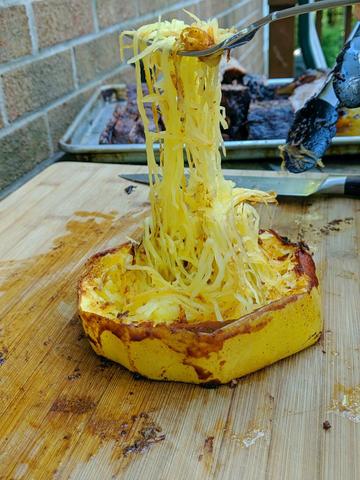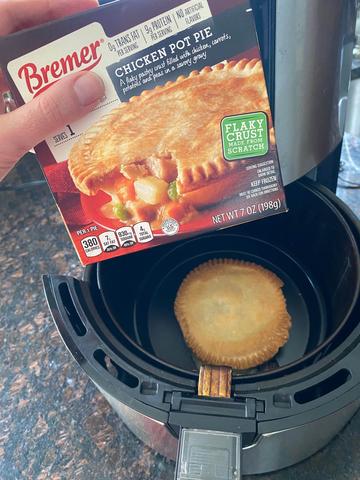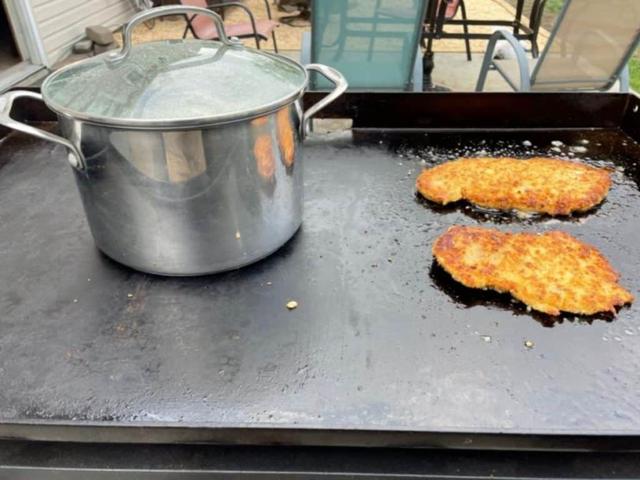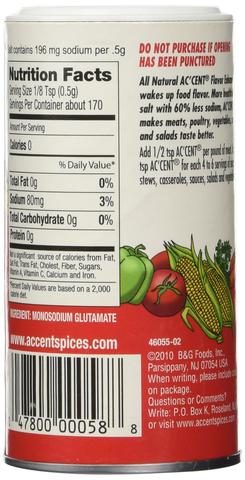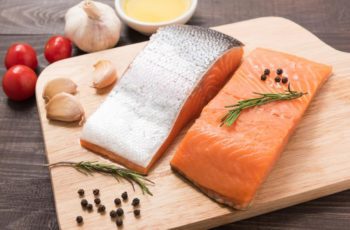
Salmon skin is a nutritious and healthy part of the fish that is often eaten by people. Some people are unsure if salmon skin is safe to eat, and this blog post will answer that question for you. So, can you eat salmon skin? This article will discuss some of those benefits and provide advice on how to cook salmon skin so that it is safe to eat.
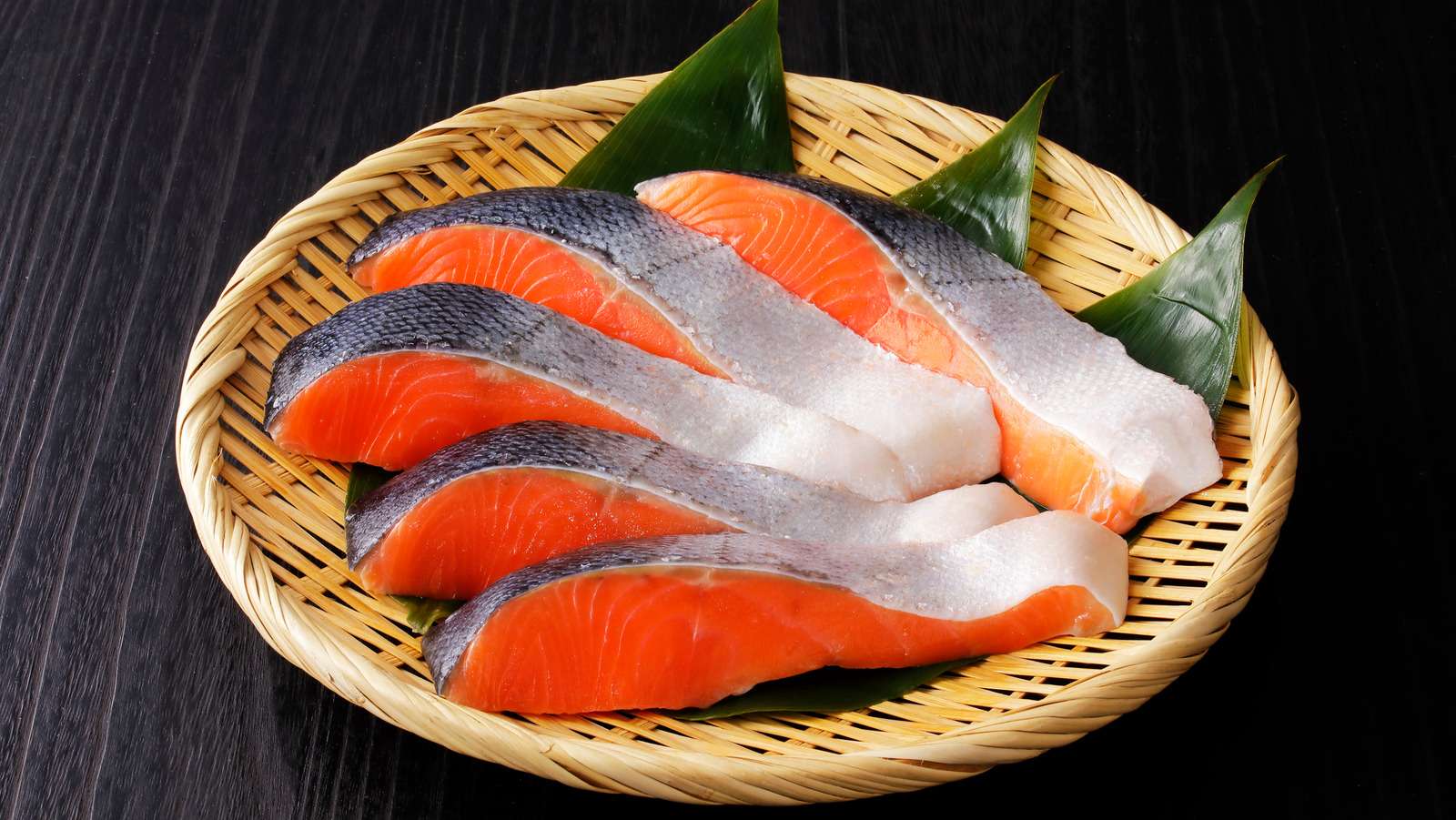
Benefits of eating salmon skin:
- Salmon skin is a good source of omega-3 fatty acids. These are beneficial for your heart health and can also help to reduce inflammation in the body.
- Salmon skin contains high levels of antioxidants, which can help to protect your cells from damage and improve your overall health.
- Eating salmon skin can help you to get more of the nutrients that are found in salmon, such as vitamin D and selenium.
- Salmon skin is also a good source of protein, which is necessary for building and repairing tissues in the body.
- Salmon skin contains compounds that can help to boost your immune system and fight off infections.
What does salmon skin taste like?
Salmon skin has a slightly fishy taste and a chewy texture. It is often described as being similar to chicken skin.
Risks and side effects of eating salmon skin:
There are some risks and side effects associated with eating salmon skin. Some of these include:
- Salmon skin may contain harmful toxins, such as mercury and polychlorinated biphenyls (PCBs). These toxins can build up in your body and cause health problems.
- Salmon skin may also contain parasites, bacteria, and viruses that can make you sick. These contaminants can be found in both wild-caught and farmed salmon.
- If you are allergic to fish, you may have an allergic reaction to salmon skin. Symptoms of an allergic reaction include itching, swelling, and difficulty breathing.
- Eating large amounts of salmon skin can increase your risk for gastrointestinal problems, such as indigestion, diarrhea, and constipation.
- Some of the compounds in salmon skin can act as blood thinners. This can cause problems for people who take blood-thinning medication or have a bleeding disorder.
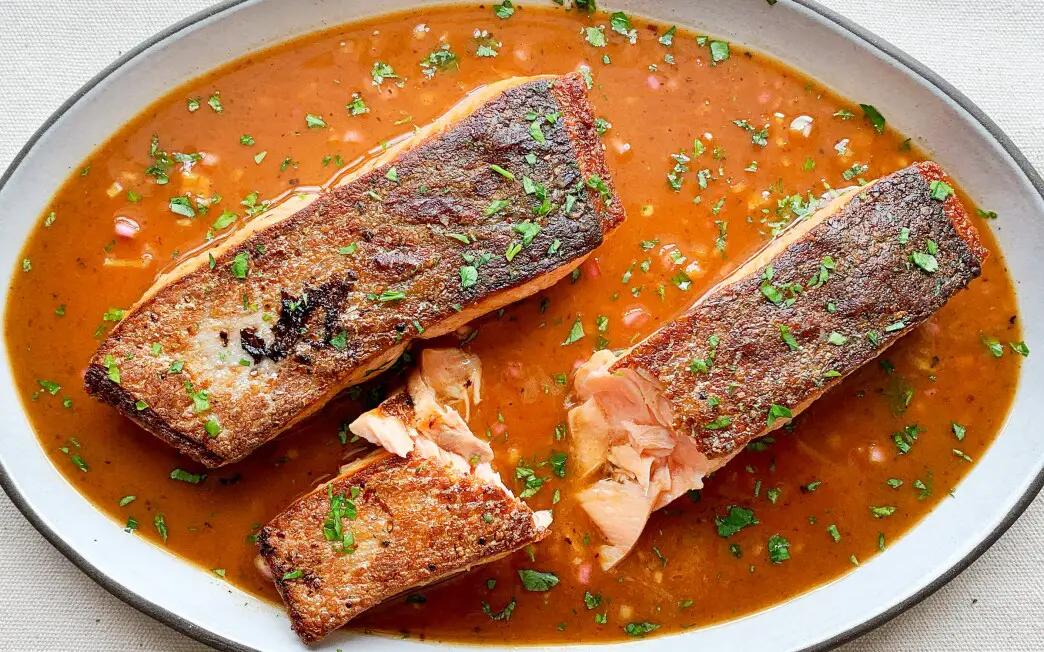
Cooking salmon skin:
If you decide to eat salmon skin, it is important to cook it properly to reduce the risk of food poisoning. Here are some tips for cooking salmon skin:
- Rinse the salmon skin with cold water before cooking. This will help to remove any contaminants that may be on the surface.
- Cut the salmon skin into small pieces so that it cooks evenly.
- Preheat your oven to 400 degrees Fahrenheit before baking the salmon skin.
- Place the salmon skin on a baking sheet lined with foil or parchment paper.
- Bake for 10-15 minutes, or until the salmon skin is cooked through.
- Remove from the oven and let cool before eating.
Tips about cooking salmon with skin on:
- When cooking salmon with the skin on, it is important to use a gentle cooking method such as baking, poaching, or steaming. This will help to preserve the nutrients in the salmon and prevent the skin from becoming tough.
- Season the salmon skin with salt and pepper before cooking. This will help to enhance the flavor of the skin.
- Cook the salmon skin-side down so that it does not stick to the pan.
- Flip the salmon over halfway through cooking so that both sides get evenly cooked.
- Remove the skin before serving, if desired.
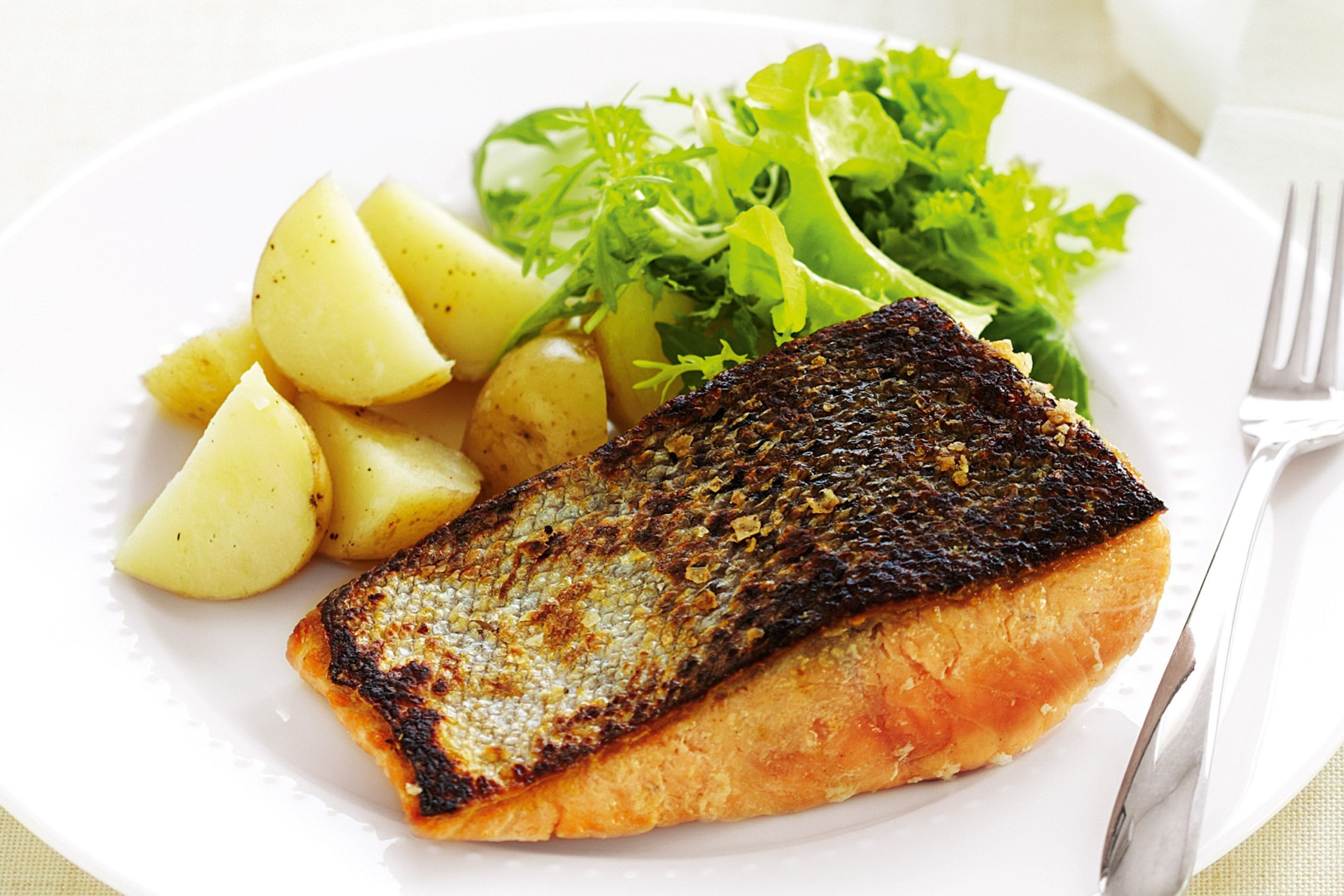
What about salmon bacon?
Salmon bacon is a type of cured salmon that has been smoked and then thinly sliced. It has a similar appearance to traditional bacon, but it is made from salmon instead of pork. Salmon bacon can be eaten on its own or used as a topping on salads, pizzas, and other dishes.
Salmon bacon is high in protein and omega-3 fatty acids, and it also contains a good amount of vitamin B12. However, it is also high in sodium and cholesterol, so it should be eaten in moderation.
How to make salmon bacon:
- Cut the salmon into thin strips.
- Sprinkle the salmon with salt, pepper, and any other desired seasonings.
- Place the salmon strips on a wire rack and set them in the fridge for 24 hours so that they can dry out.
- Preheat your smoker to 200 degrees Fahrenheit.
- Place the salmon strips on the smoker racks and smoke for 2-3 hours, or until they are fully cooked.
- Remove from the smoker and let cool before slicing into thin pieces.
Salmon bacon can be stored in the fridge for up to 2 weeks or in the freezer for up to 6 months.
How To Remove Salmon Scales and Keep the Skin:
- Rinse the salmon under cold water.
- Place the salmon on a cutting board, skin-side down.
- Using a sharp knife, scrape off the scales in a downward motion. Start at the tail and work your way up to the head.
- Flip the salmon over and repeat the process on the other side.
- Rinse the salmon again to remove any remaining scales.
- Pat the salmon dry with a paper towel before cooking or storing.
Wild Salmon vs. Farm-Raised Salmon:
Wild salmon is caught in the wild and typically has a higher quality than farm-raised salmon. Wild salmon is also lower in contaminants such as mercury and PCBs. However, wild salmon can be more expensive than farm-raised salmon.
Farm-raised salmon is raised in controlled environments such as fish farms. Farm-raised salmon typically has a lower quality than wild salmon, but it is less expensive. Farm-raised salmon may also contain higher levels of contaminants such as mercury and PCBs.
When choosing between wild and farm-raised salmon, it is important to consider your personal preferences and budget. If you are concerned about the quality of the fish, then wild salmon may be the better choice. However, if you are on a budget, then farm-raised salmon may be a better option.
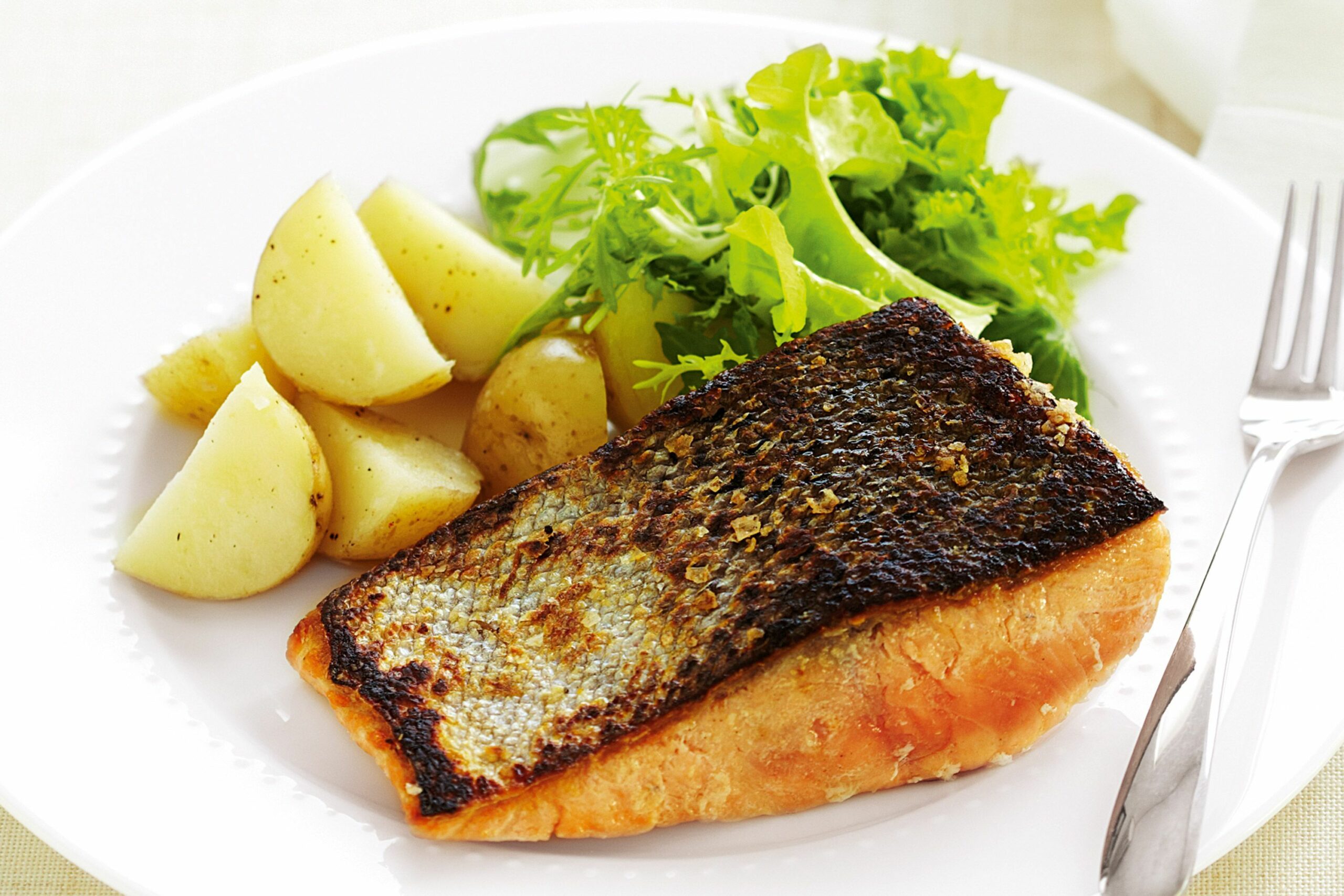
How to Get the Perfect Crispy Salmon Skin :
- Rinse the salmon under cold water and pat it dry with a paper towel.
- Place the salmon skin-side down on a cutting board.
- Using a sharp knife, score the skin in a crosshatch pattern. Be careful not to cut into the flesh of the fish.
- Season the salmon skin with salt and pepper.
- Heat a pan over medium heat and add enough oil to coat the bottom of the pan.
- Place the salmon in the pan, skin-side down, and cook for 3-5 minutes, or until the skin is crispy and golden brown.
- Flip the salmon over and cook for an additional 3-5 minutes, or until the fish is cooked through.
- Remove from the pan and serve immediately. Enjoy!
What to do with leftover salmon skin?
There are a few different things that you can do with leftover salmon skin. One option is to make salmon skin chips. To do this, simply slice the skin into thin strips and then fry them in oil until they are crispy. You can also use the salmon skin to make a delicious broth. Simply simmer the skin in water for 30 minutes, or until it falls apart. You can also add some vegetables and seasonings to the broth to make it even more flavorful. Finally, you can use the salmon skin to make a healthy and nutritious dog treat. Simply bake the skin in the oven until it is dry and brittle. Once it is cooled, you can break it into pieces and give it to your dog as a healthy snack.
How to store salmon skin?
If you want to store salmon skin, the best way to do it is to freeze it. Simply place the skin in a freezer-safe bag and then put it in the freezer. Salmon skin will keep for up to 6 months in the freezer. You can also dehydrate salmon skin to make salmon jerky. To do this, simply slice the skin into thin strips and then dry them in a food dehydrator or oven set on the lowest setting until they are dry and brittle. Salmon jerky will keep for up to 2 months when stored in an airtight container.

FAQs
Is it safe to eat fish skin?
Yes, fish skin is safe to eat. However, it is important to make sure that the skin is cooked properly to reduce the risk of food poisoning.
Can you eat salmon skin and scales?
The scales on salmon skin are edible. However, some people prefer to remove them before eating.
What is the grey stuff in salmon?
The grey stuff in salmon is called the “fat line.” It is a layer of fat that runs along the length of the fish. This fat is edible and can be eaten along with the skin.
What are the white things on salmon skin?
The white things on salmon skin are called “glands.” They secrete an oily substance that helps to keep the fish’s skin moisturized. Glands are edible, but some people prefer to remove them before eating.
What is the black stuff on salmon skin?
The black stuff on salmon skin is called “melanin.” It is a pigment that gives salmon their distinctive color. Melanin is safe to eat and will not cause any health problems.
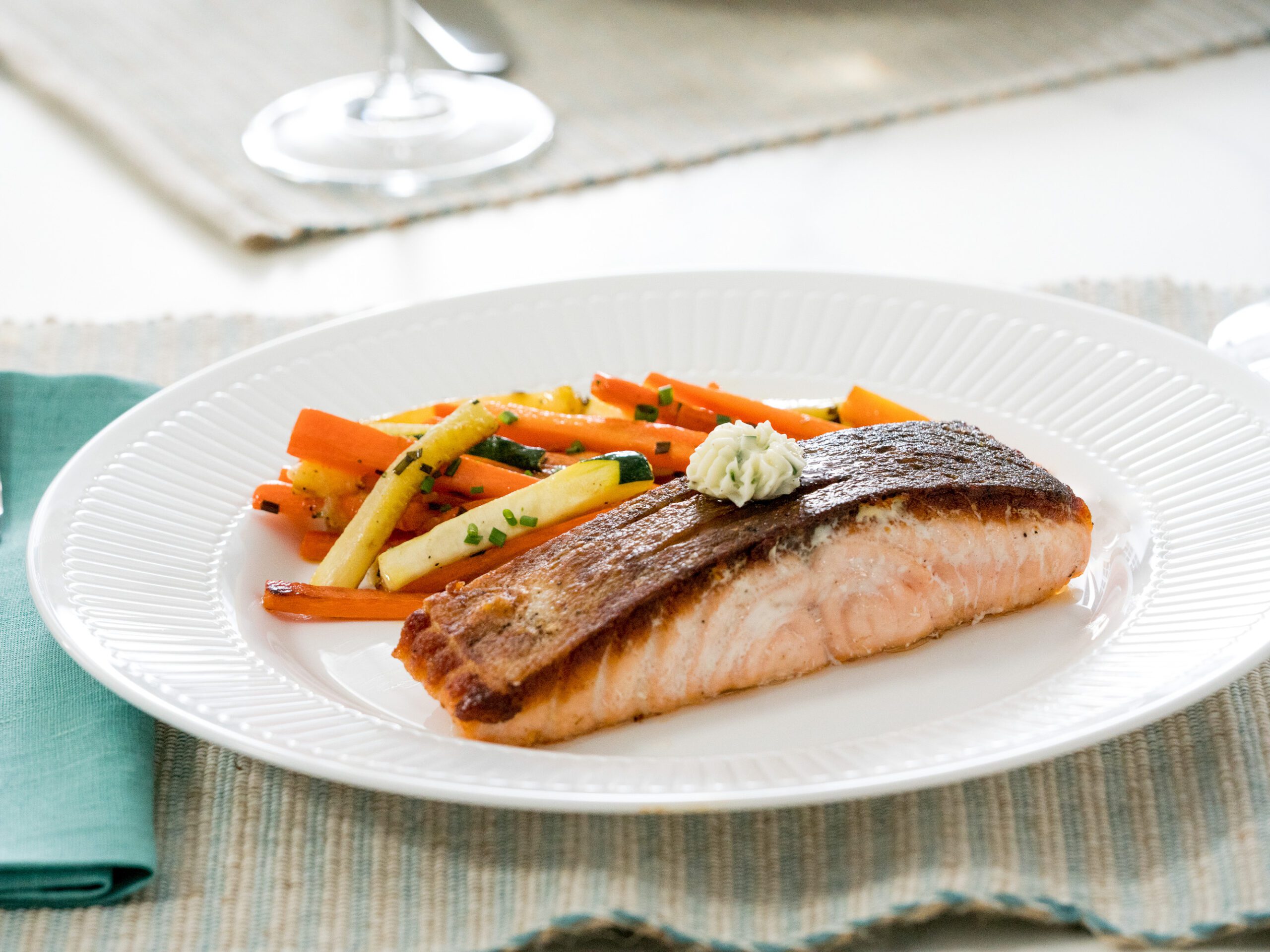
can you eat salmon skin when pregnant?
Yes, you can eat salmon skin when pregnant. However, it is important to make sure that the skin is cooked properly to reduce the risk of food poisoning.
when baking salmon can you eat the skin?
Yes, you can eat the skin when baking salmon. However, it is important to make sure that the skin is cooked properly to reduce the risk of food poisoning.
is Salmon Skin Good for Dogs?
Yes, salmon skin is good for dogs. Salmon skin is a healthy source of omega-3 fatty acids, which can help to improve your dog’s coat and skin. Salmon skin is also a good source of protein and vitamins A and D.
Can you eat salmon skin without scales?
Yes, you can eat salmon skin without scales. However, some people prefer to remove the scales before eating.
How do you know if salmon skin is edible?
If the salmon skin is cooked properly, it is safe to eat. Salmon skin is edible regardless of whether it has scales or not.
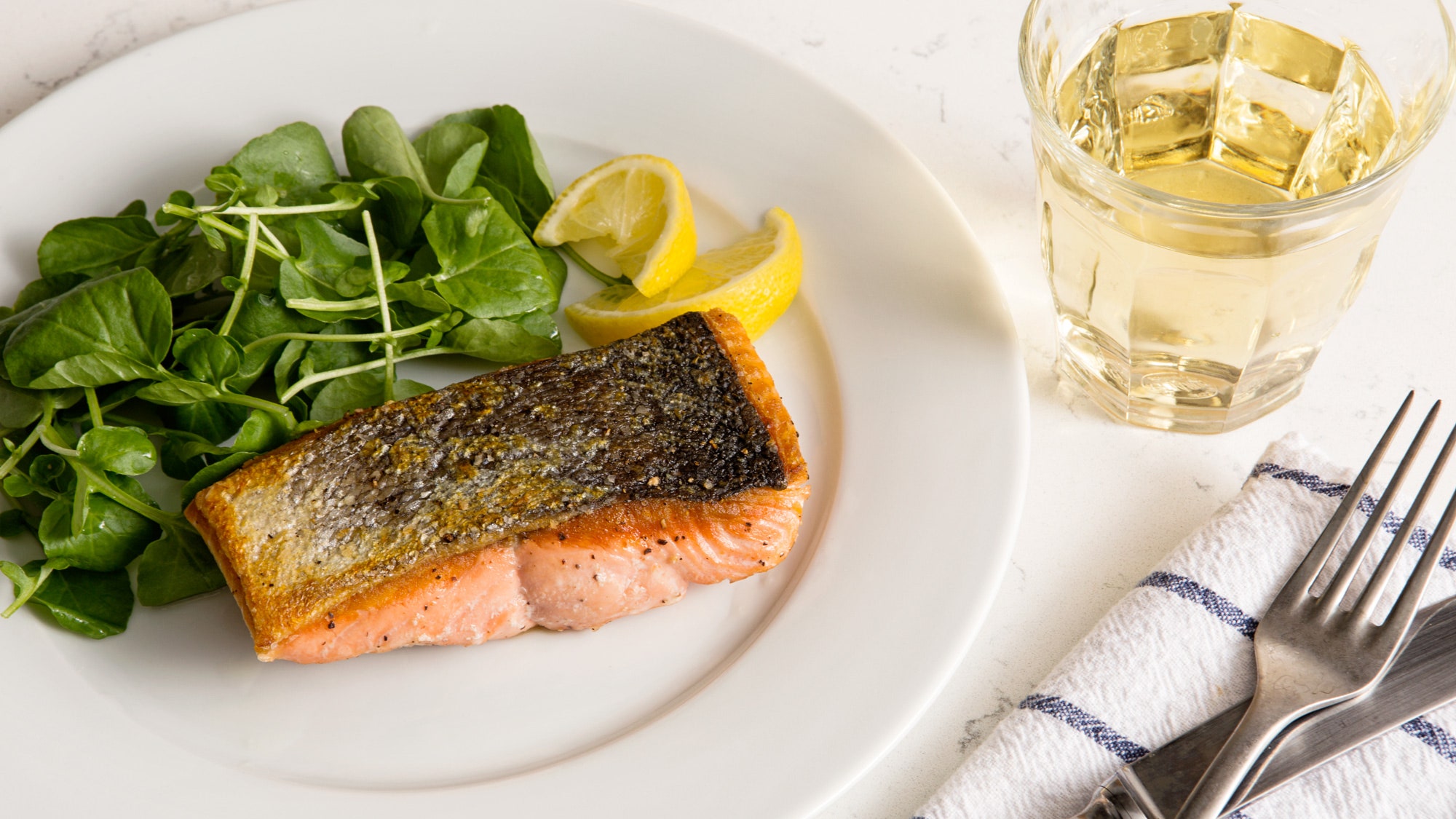
Is it better to bake or fry salmon skin?
Baking or frying salmon skin can both be effective methods of cooking. Baking will result in more crispy skin, while frying will result in more oily skin. It is ultimately up to your personal preference.
How do you make salmon skin not chewy?
If you find that the salmon skin is chewy, it is likely because it was not cooked properly. Salmon skin should be cooked until it is crispy and golden brown. If it is not cooked for long enough, it will be chewy.
Can you eat raw salmon skin?
No, you should not eat raw salmon skin. Raw salmon skin can contain harmful bacteria that can cause food poisoning.
Conclusion
Salmon skin is a healthy and nutritious part of the fish that can be enjoyed by people of all ages. There are many benefits to eating salmon skin, but there are also some risks and side effects. It is important to cook salmon skin properly to reduce the risk of food poisoning. If you have any questions or concerns about eating salmon skin, talk to your doctor or a registered dietitian.
Learn More About Grilling
If you want to learn more about grilling, check out these other helpful resources!

